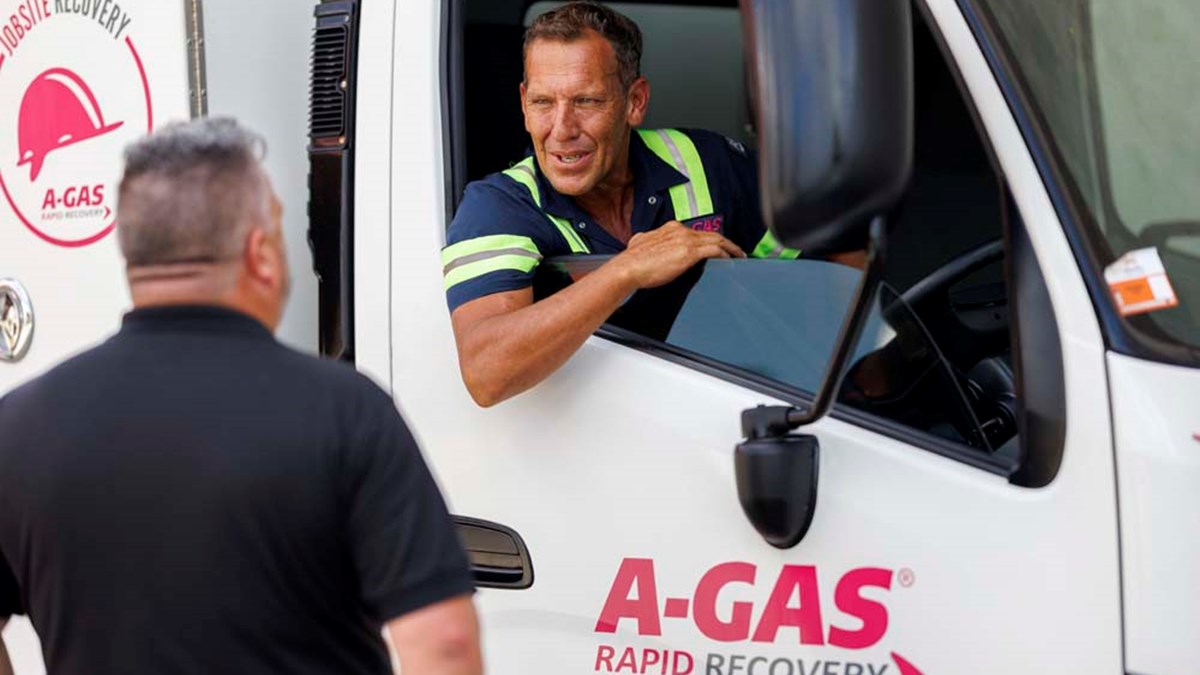AHRI Standard 700 – The Benchmark For Reclaimed Refrigerant
Learn about the importance of reclamation to AHRI Standard 700 for the HVAC-R industry in New Zealand.
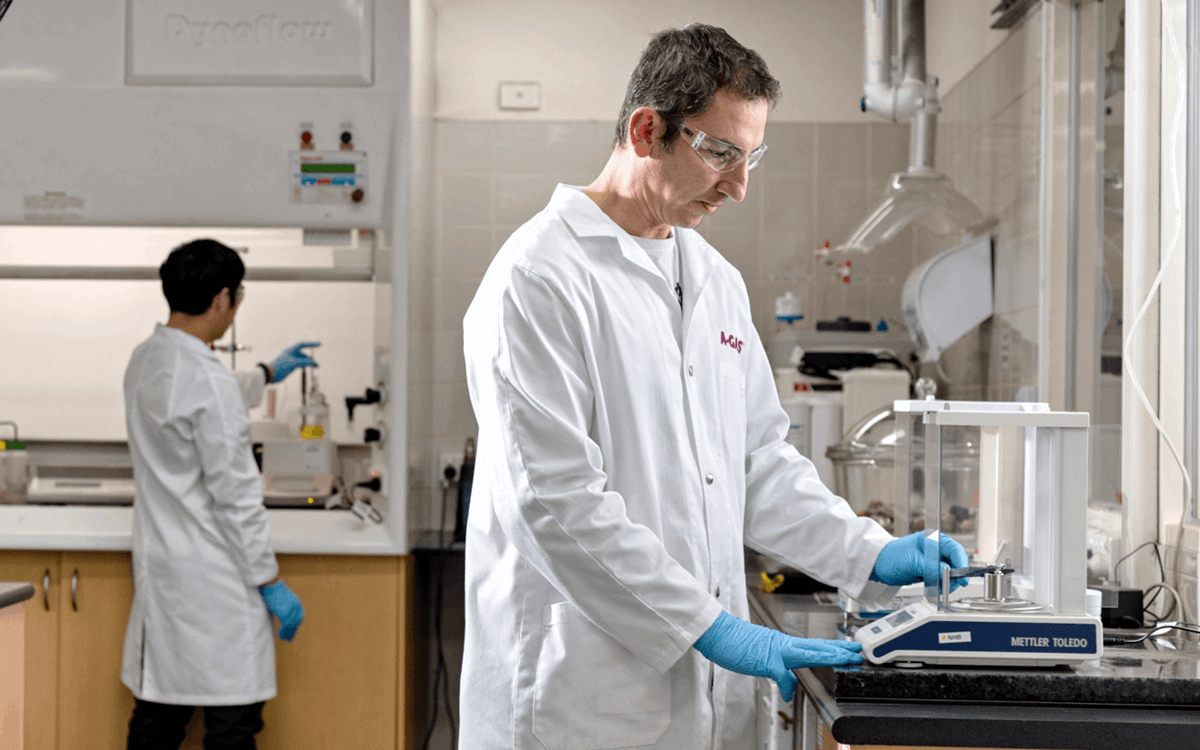
Introduction
Under the Kigali Amendment of the Montreal Protocol, the global phasedown of the production, import and hydrofluorocarbons (HFCs) has begun.
To meet its domestic and international climate change targets, New Zealand introduced its Emissions Trading Scheme (ETS). The ETS together with the international HFC phasedown has put significant pressure on the supply of legacy HFC refrigerants. This is particularly the case in the coming years as there are substantial step-downs in the available quota to import refrigerants in addition to an expected increase in the value of refrigerants due to the ETS.
This reduced availability and increased value of HFCs in New Zealand has led to an increase in the practise of re-using refrigerant recovered from existing systems. Re-using recovered refrigerant without sufficient testing and reprocessing introduces the potential risk of equipment damage and poor efficiency from non-certified or untested, low purity refrigerants.
Reclaimed refrigerant on the other hand, is recovered refrigerant that undergoes thorough chemical analysis, cleaning of contaminants and reprocessing, then re-enters the market in line with the equivalent virgin product standard AHRI 700.
Refrigerant reclamation is an essential part of Lifecyle Refrigerant Management (LRM), an effective and deliverable circular economy solution that can help the industry transition to lower global warming potential (GWP) alternatives and reduce emissions. LRM focusses on avoiding leaks, promoting refrigerant recovery and increasing reclamation rates to mitigate unnecessary virgin refrigerant production and emissions.
The code of practice prepared by the Institute of Refrigeration, Heating and Air Conditioning Engineers of New Zealand (IRHACE) and the Australian Institute of Refrigeration Air Conditioning and Heating (AIRAH) for Australia and New Zealand states that refrigerant to be re-used in a system other than that from which it was removed must be tested and, if necessary, reprocessed to ensure it complies with the AHRI Standard 700. Given its inclusion in the code of practice, and as reclaimed refrigerant becomes an increasingly essential part of the supply mix, it is important for all stakeholders in the industry to understand what AHRI Standard 700 specifications are and why they are important.
It is also important for industry to support the demand for AHRI700 standard reclaimed refrigerant, along with significant capacity to process this recovered refrigerant back to AHRI standard 700 specification. Encouraging the industry to make the most of the products we already have in installed systems is key to increasing circularity of the HVAC-R industry, as well as ensuring supply continuity of diminishing legacy refrigerants.
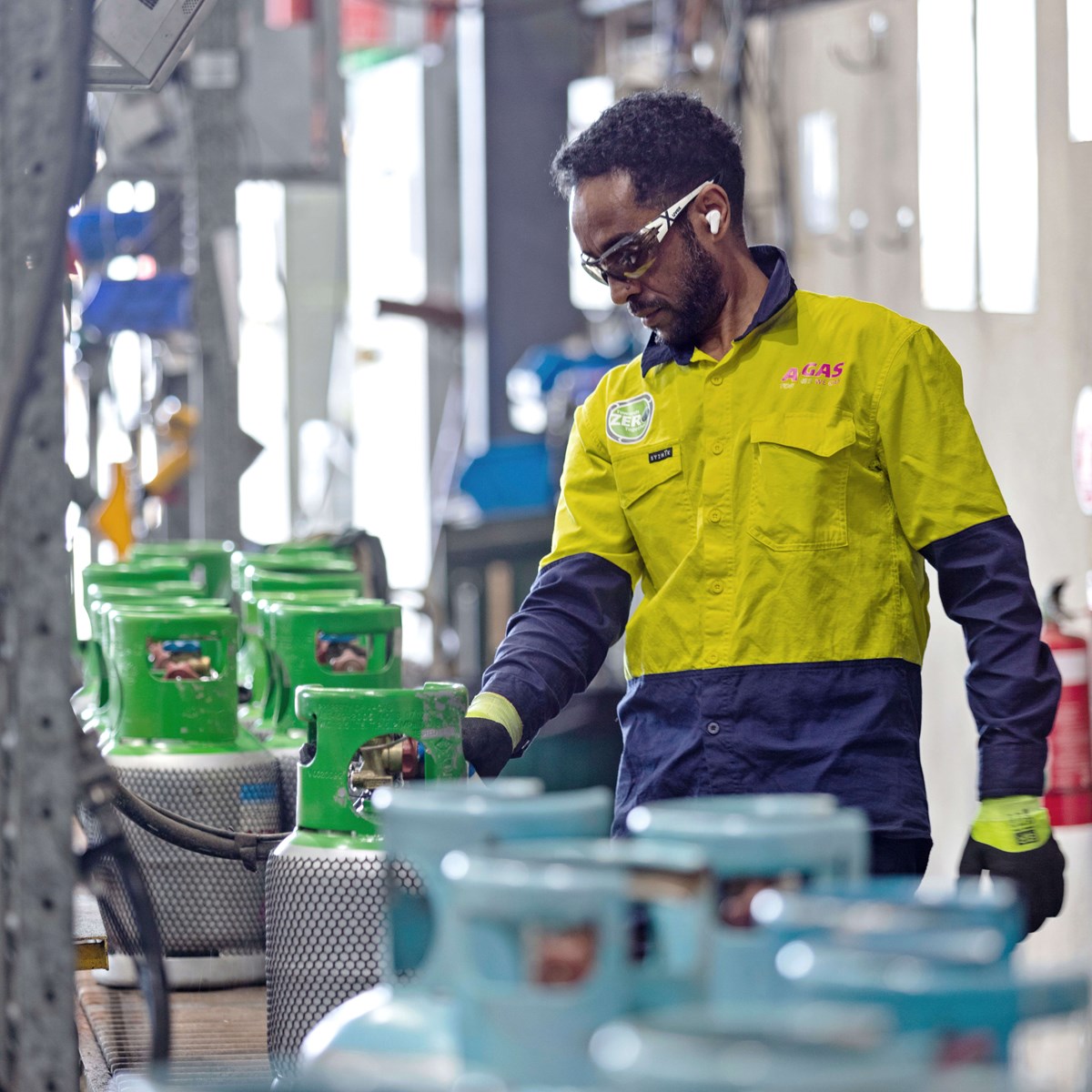
What is the AHRI Standards 700
The AHRI Standard 700 Specifications for Refrigerants is a globally recognised standard that stipulates the ‘acceptable levels of contaminants (purity requirements) for fluorocarbon, hydrocarbon, and carbon dioxide refrigerants regardless of source’. The standard also lists acceptable test methods by which to analyse refrigerants.
The purpose of this standard is to establish purity specifications, to verify composition, and to specify the associated methods of testing for acceptability of the refrigerants including CFCs, HCFCs, HFCs, HFOs and hydrocarbons. The specification and test methods are relevant to all refrigerants for use in new and existing refrigeration and air-conditioning products within the scope of AHRI and regardless of source whether it is new, reclaimed and/or repackaged.
The Australia and New Zealand Refrigerant Handling Code of Practice 2007 (Part 2) - Systems Other Than Self-Contained Low Charge Systems, published by AIRAH and IRHACE, which came into force on 1 January 2008, states that:
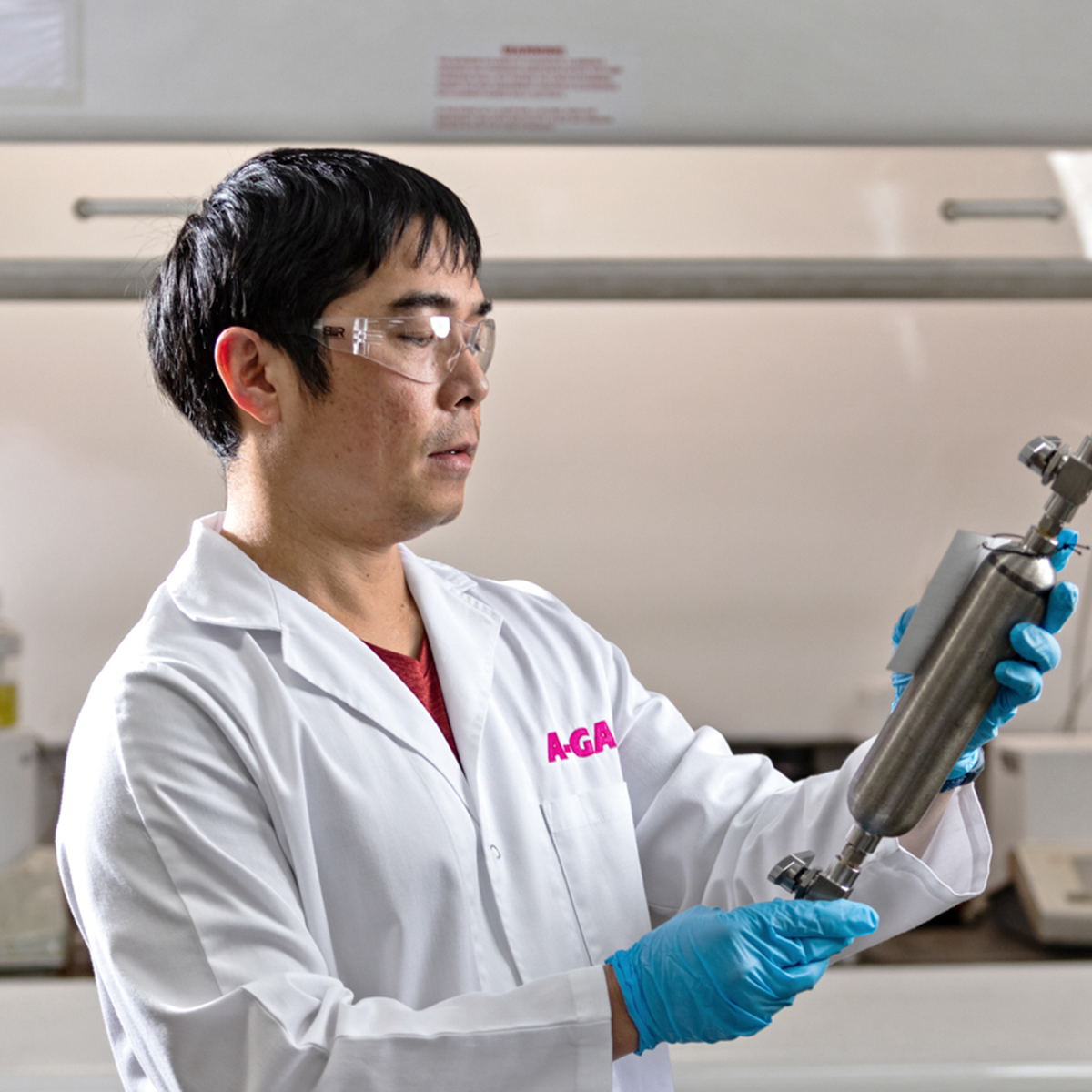
Refrigerant must be either disposed of or tested when it is suspected to be contaminated or is to be re-used in a system other than that from which it was removed. If necessary, it may be recycled or reprocessed to ensure it complies with the provisions of ARI 700-2004 (AHRI standard 700).
Why is AHRI Standard 700 So Important?
As reclaimed refrigerant becomes an increasingly important part of the supply mix, it is vital that these refrigerants conform to AHRI 700 standard to ensure that products meet international quality standards and are fit for purpose.
At A-Gas, we have state-of-the-art separation technology and laboratories that enable the reclamation processing and quality testing of used refrigerants, returning and certifying them back to virgin grade AHRI 700 standards.
Using quality reclaim refrigerants that meet AHRI 700 standards, provide peace of mind for servicing contractors and system owners that critical systems will perform as efficiently as possible, reducing the potential risk of system damage and costly system repairs due to poor quality refrigerants.
The quality of refrigerant and oil in a live system has a significant impact on its efficiency and lifespan, factors that impact not only the bottom line but also our environment.
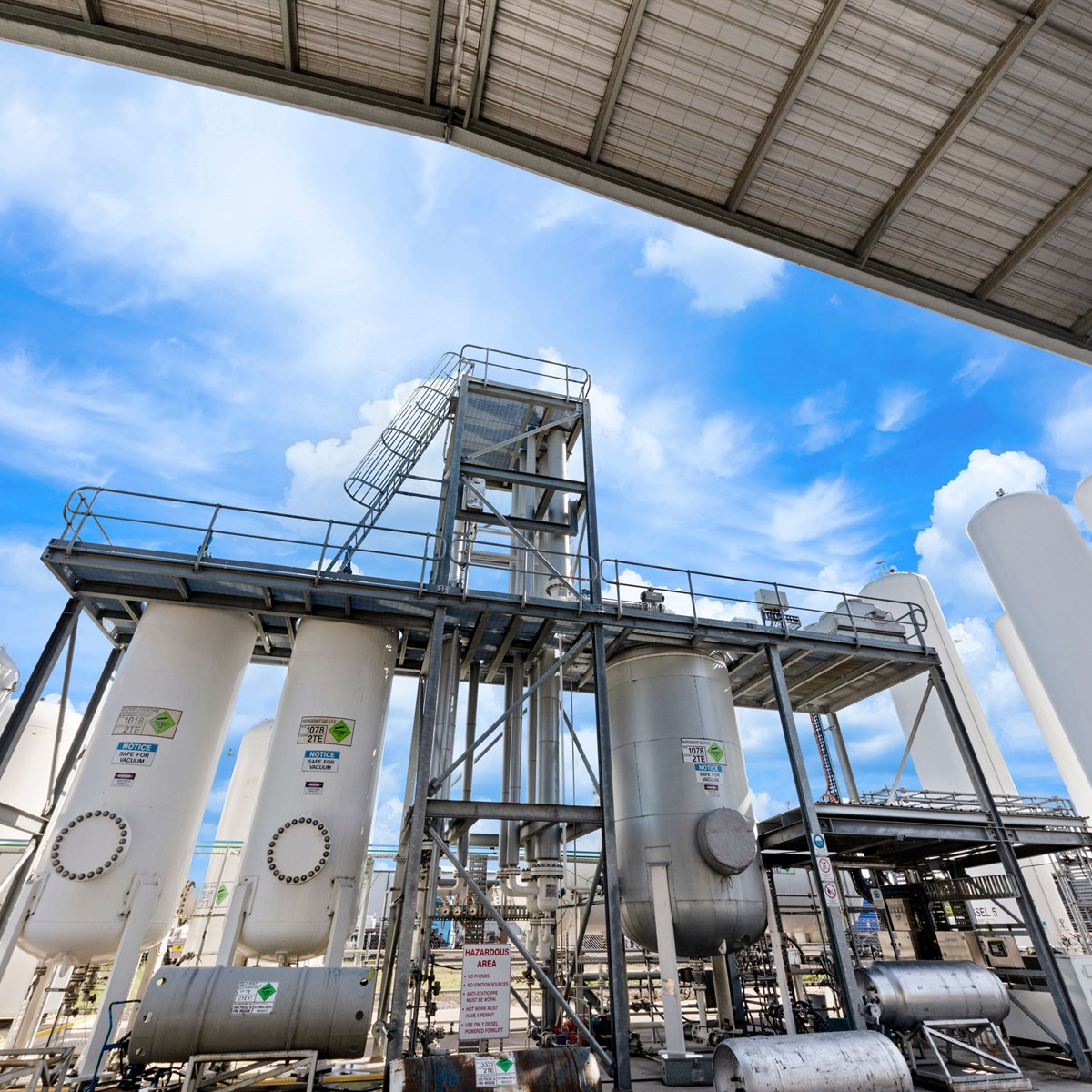
It has been shown that moisture and acid contamination can cause corrosion and copper plating on components such as crankshafts, compressor casings and oil pump assemblies. The presence of particulate contamination can lead to system damage.
If the refrigerant purity is lower than standard, system operating efficiency and capacity can be reduced. This in turn can lead to increased energy use and reduced equipment life. For contractors, it is a significant risk to be introducing into a customer owned system.
How Can You Ensure Your Reclaim Refrigerant is Compliant?
Testing recovered refrigerant to determine its level of conformance to AHRI standards for potential re-use is an important first step. If tests show that the refrigerant does not meet allowable purity or contaminant levels, having the refrigerant reclaimed to remove contaminants and adjust purity is required. The reclamation process can include processing the used refrigerant through filters, dryers, non-condensable gases removal equipment and separation/distillation, to return it to virgin grade specification. All AHRI quality parameters are then verified using the analytical methods prescribed in the AHRI standard to determine whether the reclamation process has been successful, and the refrigerant is fit for re-use.
An additional benefit to understanding the quality of refrigerant running through a system is that it allows for diagnosis of potential issues for system owners and assists contractors to understand a baseline for future work to be carried out.
This is where A‑Gas supports the industry, servicing contractors and end users with full analytical testing capability in addition to processing the recovered refrigerant back to AHRI 700 certified product.
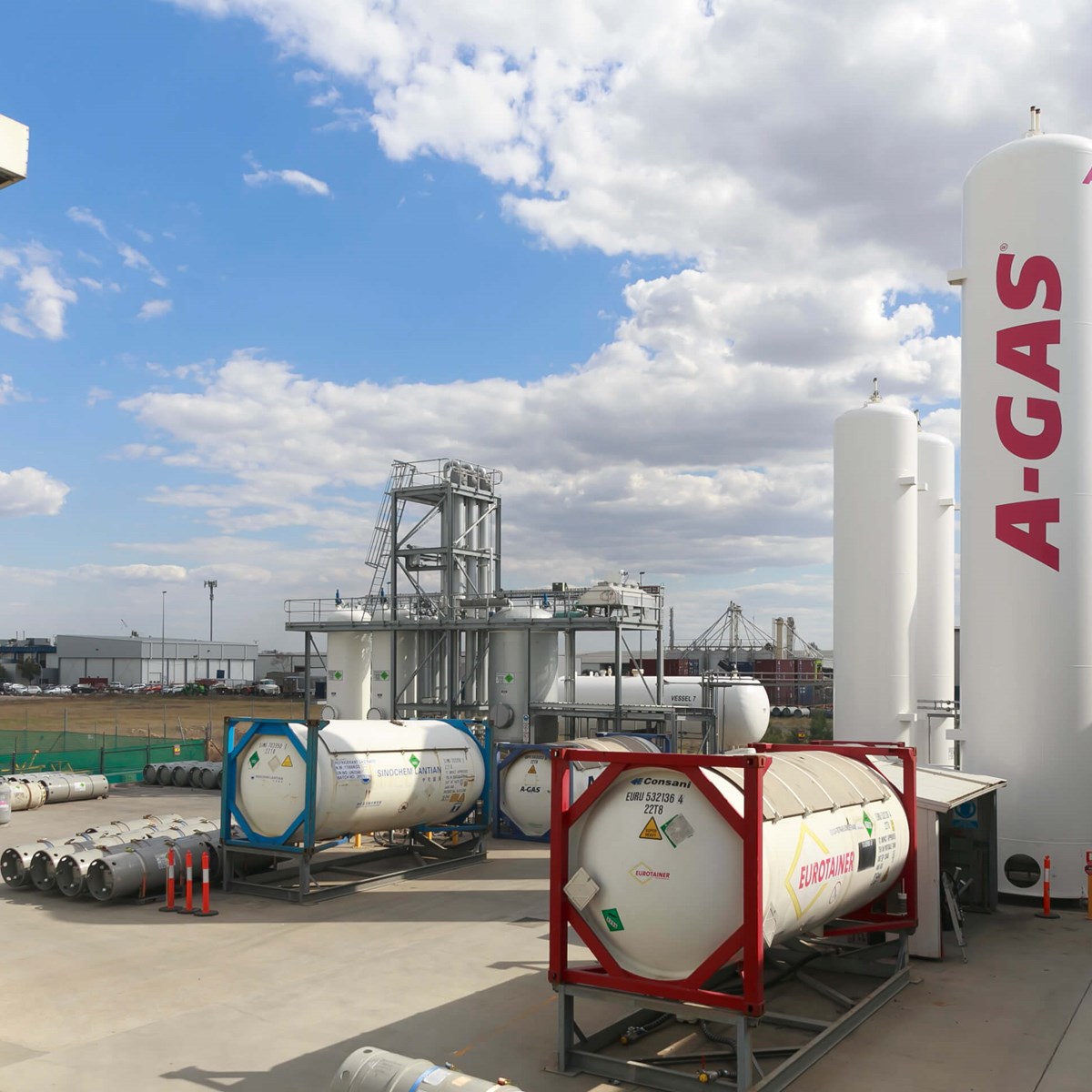
Conclusion
Increasing refrigerant reclamation rates is an essential part of effective Lifecyle Refrigerant Management, a practical and economically viable approach that can help to the transition to lower GWP alternatives and reduce emissions. Reclaimed refrigerant that conforms to AHRI 700 standards reduces the need for virgin refrigerant production, it embraces the principles of the circular economy and helps to reduce the HVAC-R industry’s environmental impact.
As the industry increasingly becomes reliant on the supply of reclaim refrigerant to meet demand, ensuring the use of AHRI 700 reclaimed refrigerant reduces the risk of potential equipment damage and poor efficiency from non-certified or untested, low purity refrigerants.
A-Gas’ capability in New Zealand, together with its global leadership in lifecycle refrigerant management offers the local market access to AHRI standard reclamation and testing along with safe and efficient refrigerant recovery and low global warming refrigerant alternatives.
AHRI Standard 700 – The Benchmark For Reclaimed Refrigerant
As the industry increasingly becomes reliant on the supply of reclaim refrigerant to meet demand, ensuring the use of AHRI 700 reclaimed refrigerant reduces the risk of potential equipment damage and poor efficiency from non-certified or untested, low purity refrigerants.
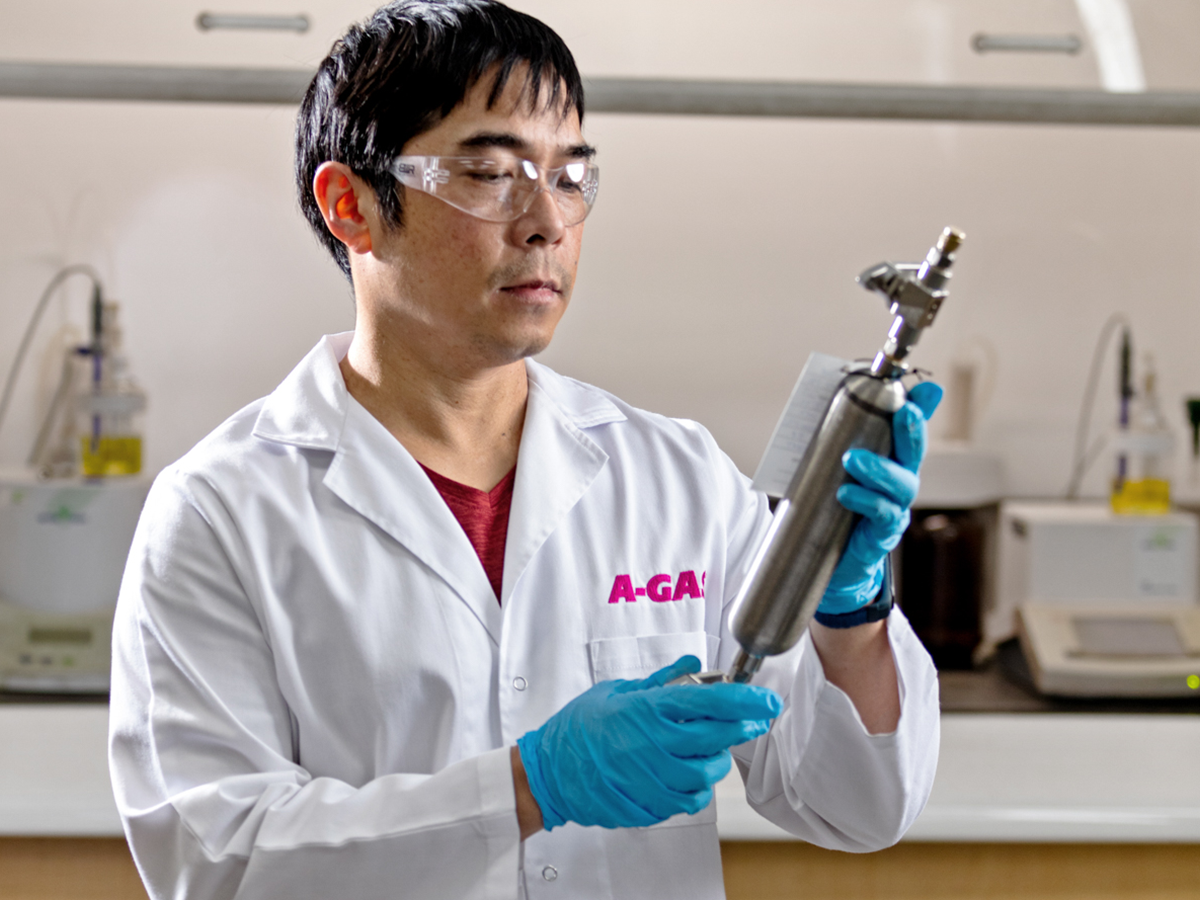
REFERENCES
- Australian Institute of Refrigeration, Air Conditioning and Heating (AIRAH) & the Institute of Refrigeration, Heating and Air Conditioning Engineers New Zealand (IRHACE), Australia and New Zealand Refrigerant handling code of practice 2007: Part 2 - Systems other than self-contained low charge systems, 2007
- The Air-Conditioning, Heating and Refrigeration Institute, AHRI Standard 700: 2019 Standard for Specifications for Refrigerants, 2019
DISCLAIMER
All information contained in this publication and any further information, advice, recommendation or assistance given by A-Gas either orally or in writing in relation to the contents of this publication is given in good faith and is believed by A-Gas to be as accurate and up-to-date as possible. The information is offered solely for your information and is not all-inclusive.
The user should conduct its own investigations and satisfy itself as to whether the information is relevant to the user’s requirements. The user should not rely upon the information in any way.
The information shall not be construed as representations of any outcome. A-Gas expressly disclaims liability for any loss, damage, or injury (including any loss arising out of negligence) directly or indirectly suffered or incurred as a result of or related to anyone using or relying on any of the information, except to the extent A-Gas is unable to exclude such liability under any relevant legislation.
Customer Success Stories
Explore our customer success stories, helping to build a more sustainable future through effective refrigerant management solutions.
